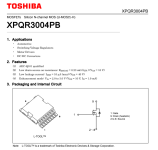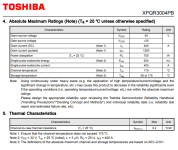hilllzofvalp
10 mW
- Joined
- Dec 25, 2010
- Messages
- 20
I am interested in making a 150-300W continuous controller that will run on 1 cell. I'm wondering which threads, books, or web articles you would recommend to get up to speed on inverter design and testing. I'm aware of Arlo, Lebowski, and zombiess as some of the pioneers on endless-sphere, but not I'm not sure the best materials to study or if its worth sticking with the VESC groundwork. I imagine the VESC github is a place to start. Thanks for your time
Last edited:



